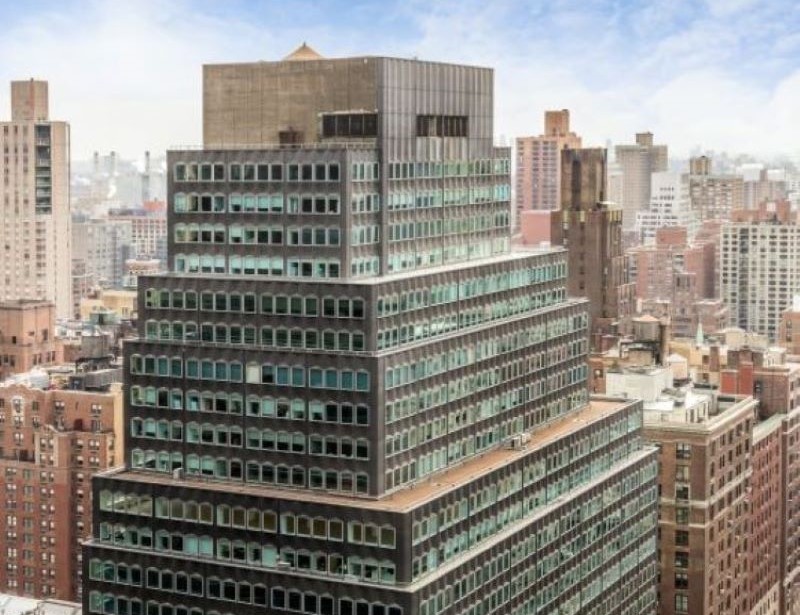How Treasury Rate Compression Impacts Net Lease
Rather than waiting to see if interest rates will move up or down, investors should be levering up and considering asset dispositions, says Matthew Mousavi of SRS National Net Lease Group.

Matthew Mousavi Image courtesy of SRS
Treasury rates are continuing to compress, providing a reprieve to investors faced with climbing interest rates this time just last year. The 10-year Treasury currently stands at 1.73 percent while November of 2018 the figure stood at 3.25 percent. This substantial compression bodes well for real estate capital markets and, given the already compressed cap rate environment we’ve been in for much of the current cycle, the lower 10-year and subsequently lower interest rates on mortgages have provided a boost to investment activity overall.
Because real estate is an asset class heavily tied to financing–trillions of dollars in commercial property-backed loans are in the marketplace–any movement in rates is closely scrutinized. The fairly sudden and steep decline in the 10-yr took some by surprise; others expected it, especially when looking at other western economies with ultra-low, even negative interest rates. When sellers and buyers are looking to make an investment decision, the interest rate environment plays an important role. They ask: Where are rates currently? What is the trend? Am I better off selling or buying now or in the future?
For buyers of net leased assets in particular, the impact of this Treasury rate compression is two-fold. First, it allows buyers to improve their levered returns via lower interest rate financing and, second, it causes owners and developers who may be considering disposing of an asset to want to take advantage of this current interest rate environment so as to “capture” this window of opportunity of lower rates.
Timing Is Everything
Depending on our clients’ goals and objectives, we are advising them to strategically consider making moves while rates are low. And, although we don’t expect rates to increase anytime soon, there are factors that can quickly change the investment environment including the trade situation with China and Europe, a slowing global economy, the coming election year and other headwinds we can’t predict.
Net lease property continues to be in high demand across nearly all markets throughout the country, and we are transacting properties in strong markets, backed by corporate credits in the 3.00-4.00 cap rate range, equating to the lowest cap rates we’ve seen in recent memory. Investors remain wary of certain categories, such as soft goods and specific big-box retailers, particularly when those big-box rents are far above market. Overall, however, alternative investment vehicles like equities and bonds, may not offer the equivalent yields that net lease real estate can provide investors. This, coupled with the sheer demand for passive income backed by hard assets, should continue to provide the demand for net lease property, which continues to outweigh supply.
Recently, SRS recently completed the sale of a $53.5 million net lease property in a primary Western U.S. market. Even though the cap rate was low, our buyer was able to procure sub 4.00 percent interest-only financing, resulting in a double digit cash-on-cash yield. Without the interest rate environment being where it is, that type of levered yield for the investor would not have been possible.
Matthew Mousavi is managing principal of SRS National Net Lease Group.







You must be logged in to post a comment.